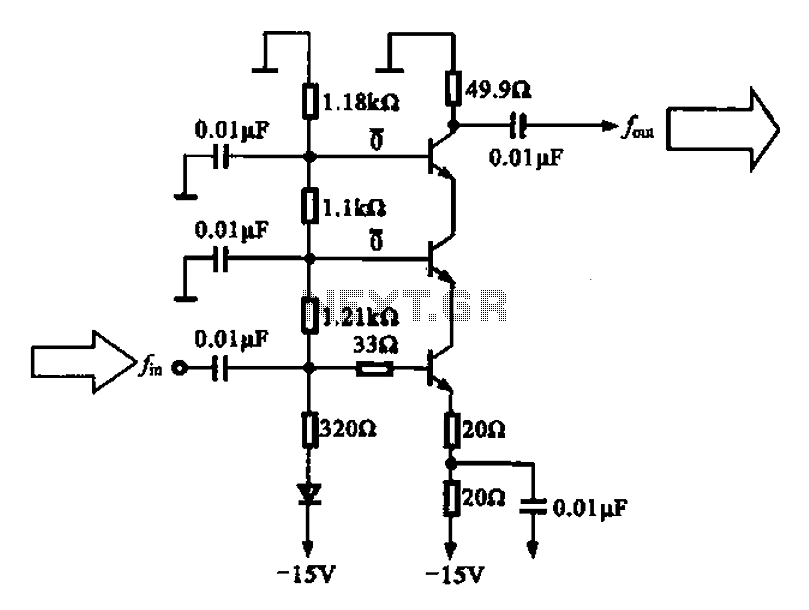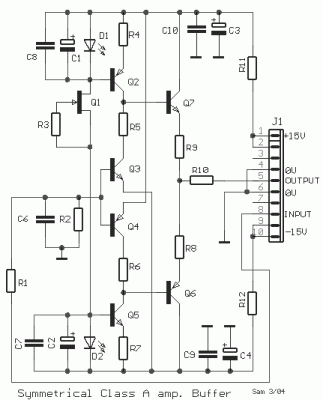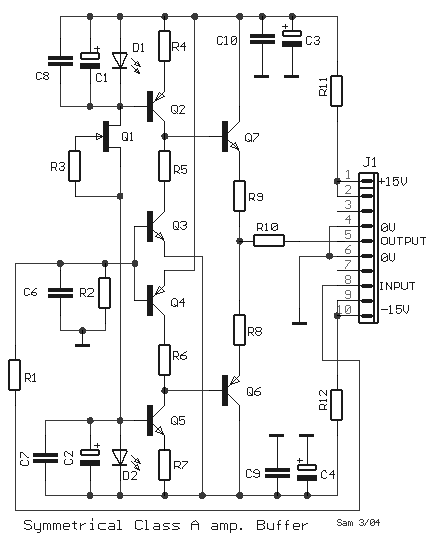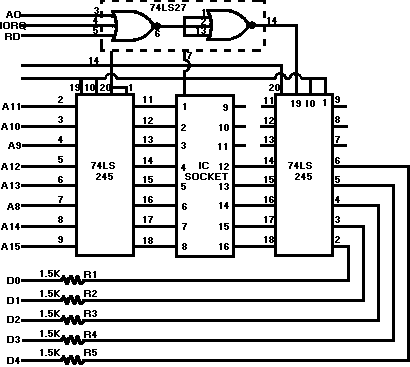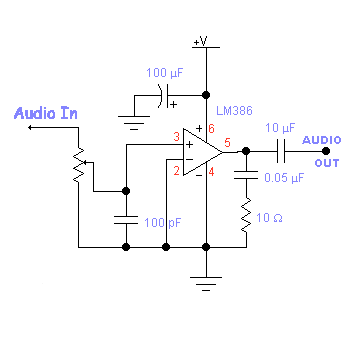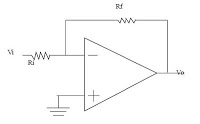
Buffer Issues
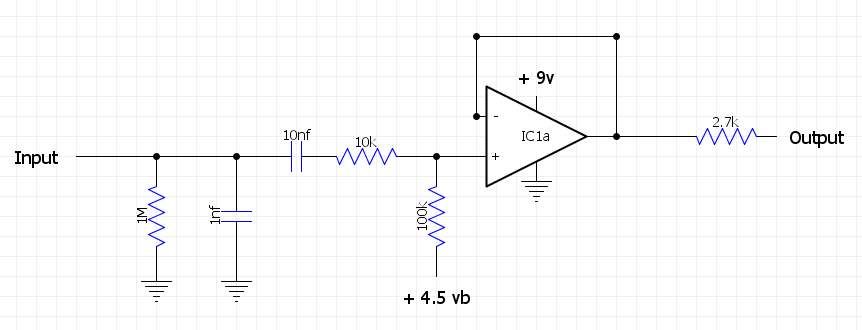
Currently, there is a prototype of a guitar pedal in development. There are issues with the input buffer, and assistance is needed to address these problems.
The input buffer in a guitar pedal is a critical component that serves to isolate the input signal from the rest of the circuit. Its main function is to prevent loading effects that can alter the tone and dynamics of the guitar signal. Typically, an input buffer is implemented using an operational amplifier (op-amp) configured in a voltage follower arrangement. This configuration ensures that the output voltage follows the input voltage, providing a high input impedance and low output impedance.
In the schematic design, the input signal from the guitar is fed into the non-inverting input of the op-amp. A resistor may be placed in series with the input to limit the current and protect the op-amp from excessive voltage levels. The output of the op-amp connects directly to the subsequent stages of the pedal circuitry, such as tone controls or distortion circuits.
To troubleshoot issues with the input buffer, it is essential to check the power supply connections to the op-amp, as inadequate power can lead to distortion or signal loss. Additionally, verifying the component values, particularly the resistors and capacitors in the circuit, is crucial to ensure they meet the design specifications. Testing the circuit with an oscilloscope can provide insight into signal integrity and help identify any unwanted noise or distortion.
In summary, the input buffer is a vital part of the guitar pedal design, and careful attention to its implementation and troubleshooting can significantly enhance the performance of the pedal.Hi I am currently working through the prototype of my first guitar pedal. I am having issues with the input buffer, and I would like someone to look.. 🔗 External reference
The input buffer in a guitar pedal is a critical component that serves to isolate the input signal from the rest of the circuit. Its main function is to prevent loading effects that can alter the tone and dynamics of the guitar signal. Typically, an input buffer is implemented using an operational amplifier (op-amp) configured in a voltage follower arrangement. This configuration ensures that the output voltage follows the input voltage, providing a high input impedance and low output impedance.
In the schematic design, the input signal from the guitar is fed into the non-inverting input of the op-amp. A resistor may be placed in series with the input to limit the current and protect the op-amp from excessive voltage levels. The output of the op-amp connects directly to the subsequent stages of the pedal circuitry, such as tone controls or distortion circuits.
To troubleshoot issues with the input buffer, it is essential to check the power supply connections to the op-amp, as inadequate power can lead to distortion or signal loss. Additionally, verifying the component values, particularly the resistors and capacitors in the circuit, is crucial to ensure they meet the design specifications. Testing the circuit with an oscilloscope can provide insight into signal integrity and help identify any unwanted noise or distortion.
In summary, the input buffer is a vital part of the guitar pedal design, and careful attention to its implementation and troubleshooting can significantly enhance the performance of the pedal.Hi I am currently working through the prototype of my first guitar pedal. I am having issues with the input buffer, and I would like someone to look.. 🔗 External reference
